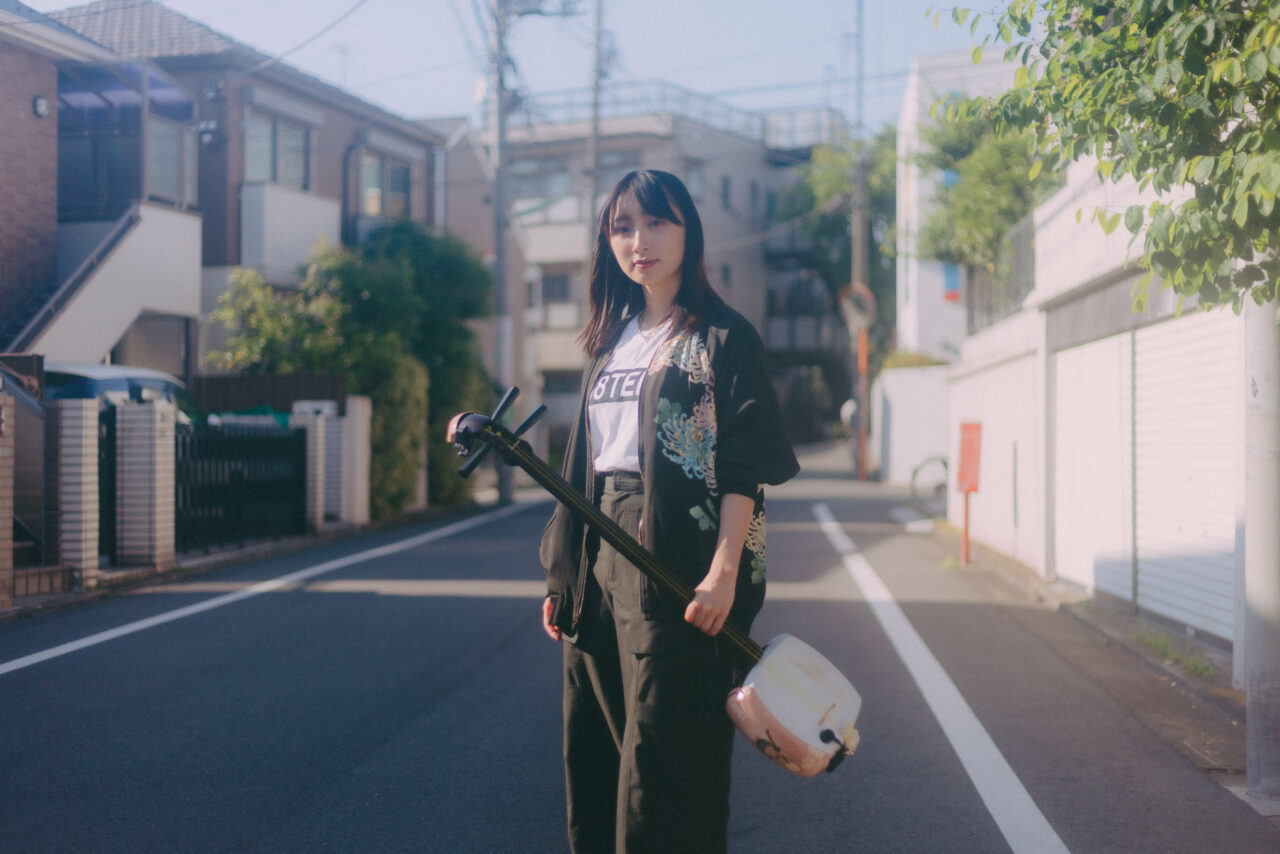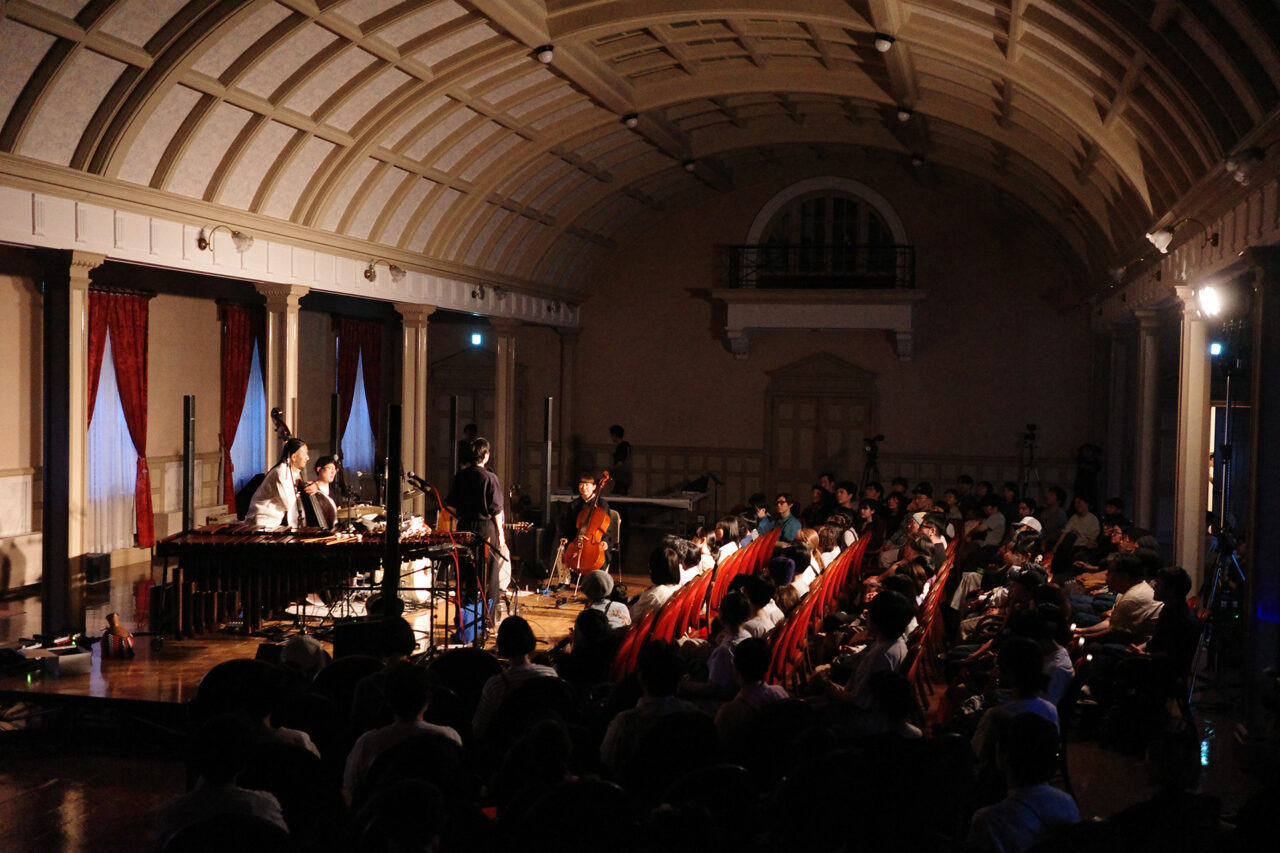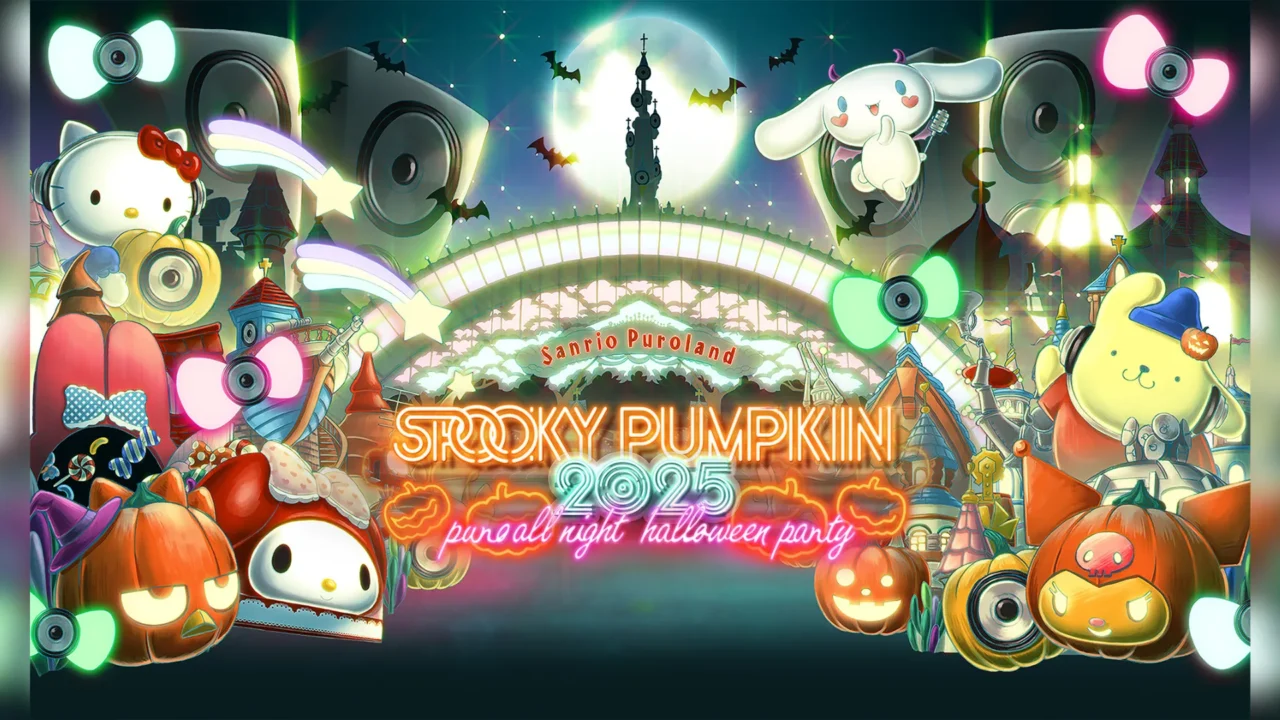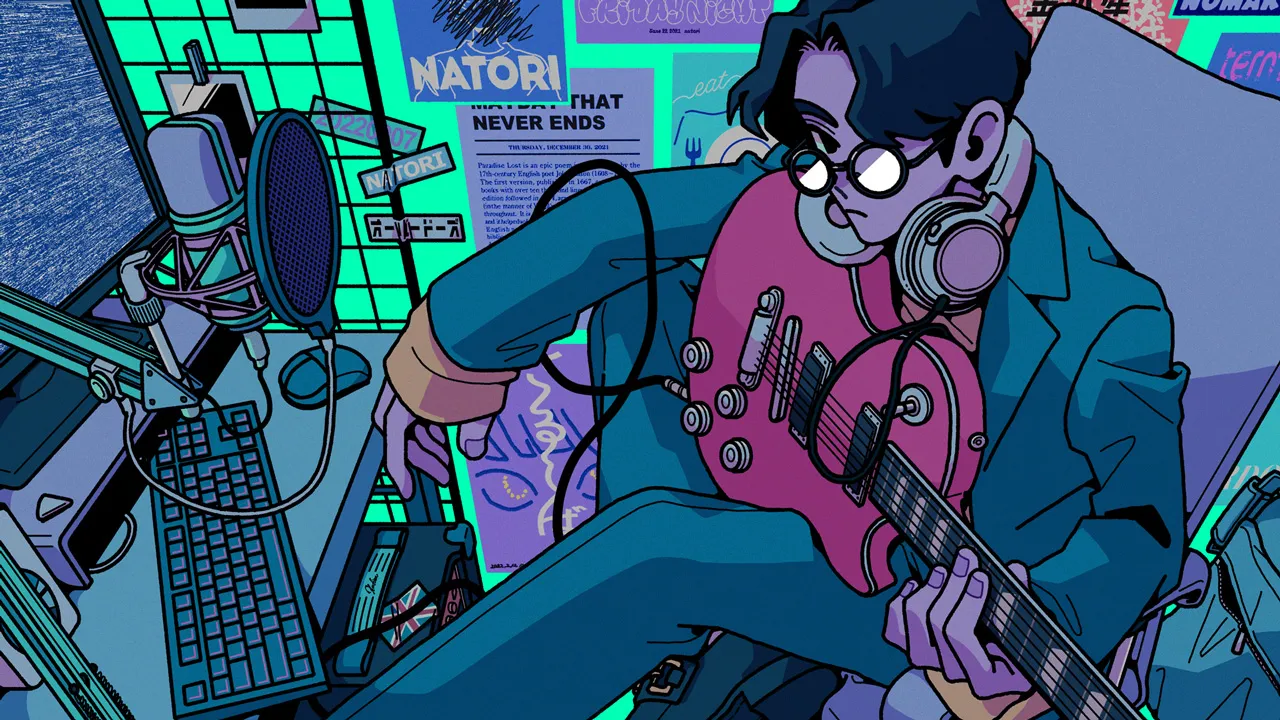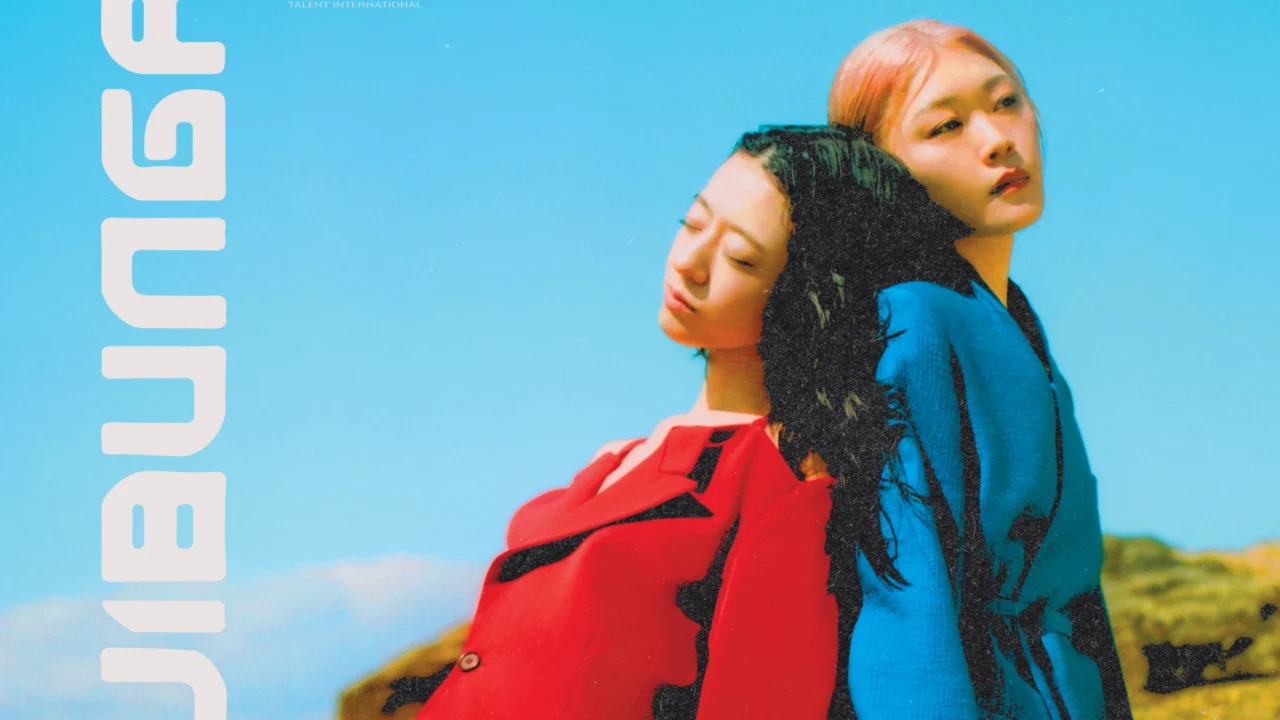The first half of the world’s major festivals, following “Coachella” in April and “Bonnaroo” and “Primavera” in June, has already come to an end. Japan, however, is just getting started, and many dance acts are scheduled to perform at “Fuji Rock” and “Summer Sonic” this year as well. Let us introduce you to some of the most noteworthy acts and give you an update on the current state of the dance scene.
INDEX
Dance music has become pop music in the UK.
Every year from April to May, the number of announcements on SNS accounts of DJs, parties, and festivals increases dramatically. From this time on, photos and sound files are uploaded to social networking sites. While I envy every single one of them, it is also fun to see what kind of music people are dancing to just to get a feel for the atmosphere of the scene. Especially nowadays, there are many live webcasts of festivals, and you can get a lot of information from the videos uploaded by the audience on YouTube. I myself always check BBC SOUNDS, the Internet broadcasting service of the British national broadcasting company BBC. BBC iPlayer, which broadcasts TV broadcasts over the Internet, is limited to the United Kingdom, but BBC SOUNDS, which focuses on radio broadcasts, can be accessed from overseas.
Now you can listen to the full stage performances of all the headliners at Glastonbury.
BBC SOUNDS has real-time radio broadcasts and archives of live party broadcasts. The most important thing is that the content of genre-specific programs, such as dance, rock, and relax, is so good that it’s hard to imagine what it was like in the 1990s when I was frantically checking the Essential Mix playlists. I leave the BBC SOUNDS dance channel on during the day. I think that in the UK, dance music is completely pop music. All types of dance beats are played all day long, which is probably why partying and dancing are so much a part of everyday life.
INDEX
Romy’s impression of club music from 1998 to 2000
The best recent experience was Romy’s performance at BBC Radio 1’s Big Weekend festival in Dundee, Scotland, in May. The headliners at this festival are THE 1975 and Lewis Capaldi, but the festival as a whole features many of the hottest young and dance acts. Some of these gigs are archived for a month and can be listened to. Romy’s set was a short one of about 30 minutes, but it included a trance mix of Sonique’s “It Feels So Good,” Binary Finary’s “1998,” and his own “Lifetime. She played a series of 1990s hit tunes, all super-uppery, before moving on to her own originals “Enjoy Your Life” and “Strange”. The BBC’s live soundtracks are very good at picking up the sound of the audience from as far back as the 1990s, so you can get a direct sense of the realism of the floor. Romy is loved.
This live performance made me realize the revival of the 1990s sound that has been talked about for the past few years. Nalin & Kane’s “Beach Ball” and Fragma’s “Toca Me,” which are always played in Romy’s DJ sets, are trance classics from the late 1990s. classic from the late 1990s. Binary Finary’s “1998,” mentioned above, became a worldwide hit when I first went to Ibiza in 1998, and kept the floor dancing for more than 10 years. I will never forget the moment “1998” was played at Amnesia’s cream and the floor exploded with excitement.
However, Romy was born in 1989 and was only about 10 years old at the time, so she couldn’t even go to the club in real time. Like her DJing, I strongly feel the club music of 1998-2000 from her original songs. Even if “Enjoy Your Life” is a bit like Stardust’s “Music Sounds Better With You,” Pete Heller’s “Big Love” by Pete Heller, “Sing It Back” by Moloko, and “Strong” is 90’s trance at its best. “Strong” is 90’s trance at its best. Strong” is a great 90’s trance track. who also co-wrote “Strong,” covers the 1990s club diva Billy Ray Martin’s classic “Loving Arms. He must have listened to music the same way as Romy.
The xx also covered Rui Da Silva’s “Touch Me” and Kings Of Tomorrow’s “Finally”. I was aware of their inspiration from the dance music of the late 1990s, but they had no access to the scene in terms of generation. But how did they get access to so many great songs without any access to the scene from a generational perspective? This is completely my guess, but I think she really listened to the radio every day. She looked forward to the weekly live mixes at Essential MIx on Fridays, and couldn’t wait until she was old enough to go to a club someday. If you ever get to meet her, I would love to hear the truth about it.





